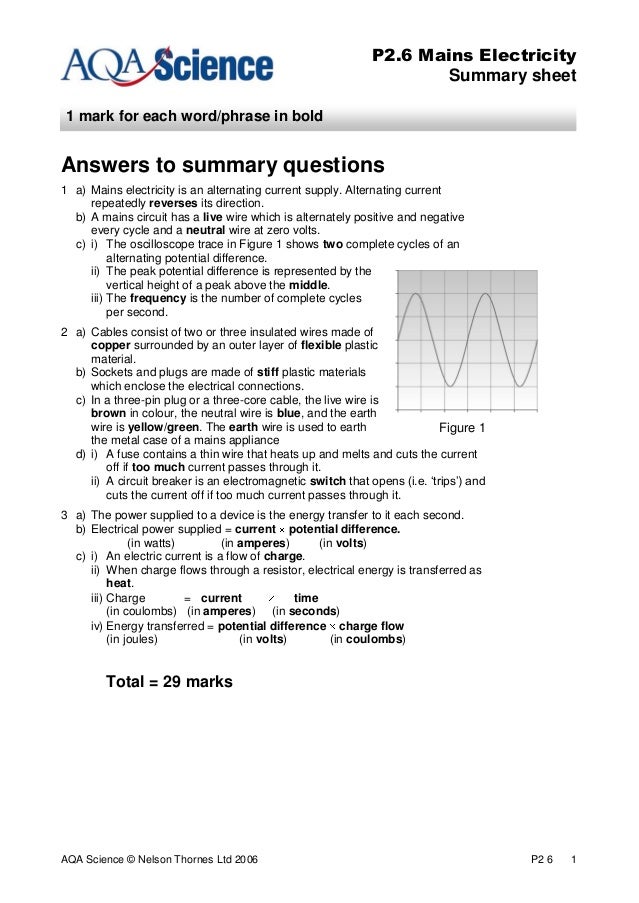

Full teaching: this mix of stimulating group discussion and teaching is an excellent way to consolidate and expand knowledge.īook GCSE Physics Revision Courses and Tuition.Teacher’s notes: if students require grounding in fundamental areas of GCSE and iGCSE physics, the tutor may present a subject in full.

Descriptive sessions: students study physics resources and then discuss and describe topics in full.Past papers: students may work through previous GCSE Physics and iGCSE Physics papers, both independently and as part of the revision group.Not only will our tutors review fundamental subject areas and focus on topics that cause the most problems, but they’ll also give students exam technique tips and tricks. Chosen for their enthusiasm and empathy, they also have an in-depth knowledge of the entire subject area. solar system, stars, satellites, red-shift)Īll our tutors are experienced and qualified teachers and most are examiners, which means they have an excellent insight into what the exams actually ask of students. Light and electromagnetic spectrum (inc.electromagnetic induction, fields, motors) currents, potential difference, fields, static) thermal energy, latent heat, pressure of gas) kinetic energy, energy transfer, conservation) Our revision courses are largely focussed on the topics that individual students struggle with, in the following specific areas: Our GCSE/iGCSE physics revision courses involve small groups of no more than nine students, giving everyone the opportunity to have their queries answered by our expert physics tutor and enabling students to share ideas, discuss problems with their peers and learn from each other, on an equal basis. Combined Science GCSE/iGCSE Physics revision.Separate (Triple) GCSE/iGCSE Physics revision.We offer the choice of GCSE and iGCSE Physics revision courses below: Our revision courses help students prepare for their GCSE Physics and iGCSE Physics exams, giving students the knowledge and confidence they need to achieve their maximum potential. Each individual reflection still obeys the law of reflection, but the different parts of the rough surface are at different angles.GCSE Physics Revision Courses and Tuition GCSE Physics Revision Course Outline

This may cause a distorted image of the object, as occurs with rippling water, or no image at all.

Instead of forming an image, the reflected light is scattered in all directions. If a surface is rough, diffuse reflection happens. A ray diagram showing how an image forms in a plane mirror Diffuse reflection In a virtual image, the rays appear to diverge from behind the mirror, so the image appears to come from behind the mirror. This is the type of reflection that happens with a flat mirror. Reflection from a smooth, flat surface is called specular reflection. The diagrams show a water wave being reflected at a barrier, and a light ray being reflected at a plane mirror. The angles of incidence and reflection are measured between the light ray and the normal - an imaginary line at 90° to the surface. The reflection of sound causes echoes.įor example, if a light ray hits a surface at 32°, it will be reflected at 32°. Waves - including sound and light - can be reflected at the boundary between two different materials.


 0 kommentar(er)
0 kommentar(er)
